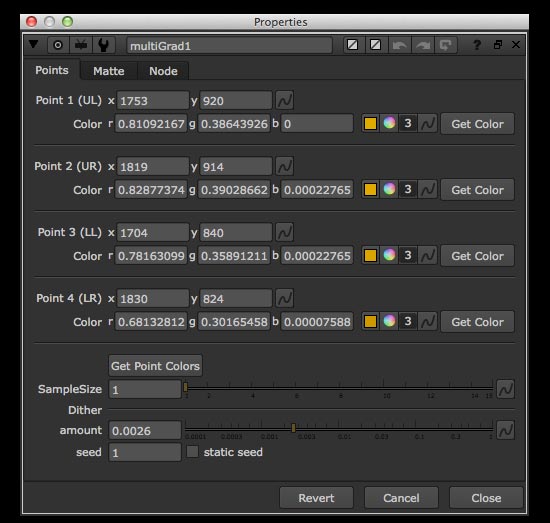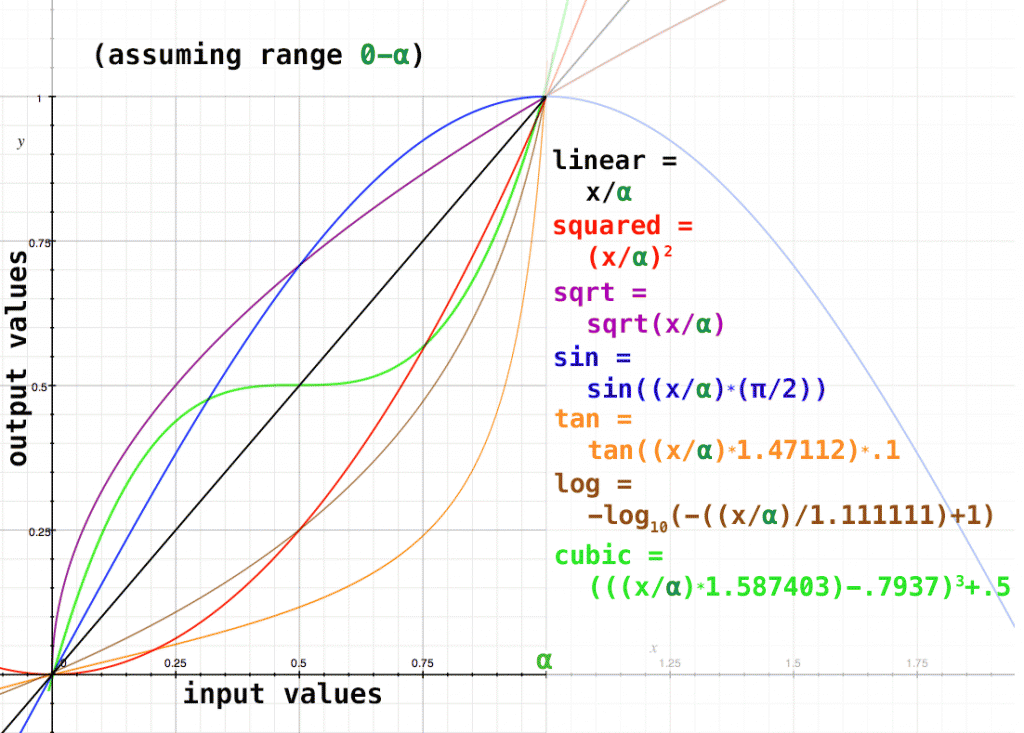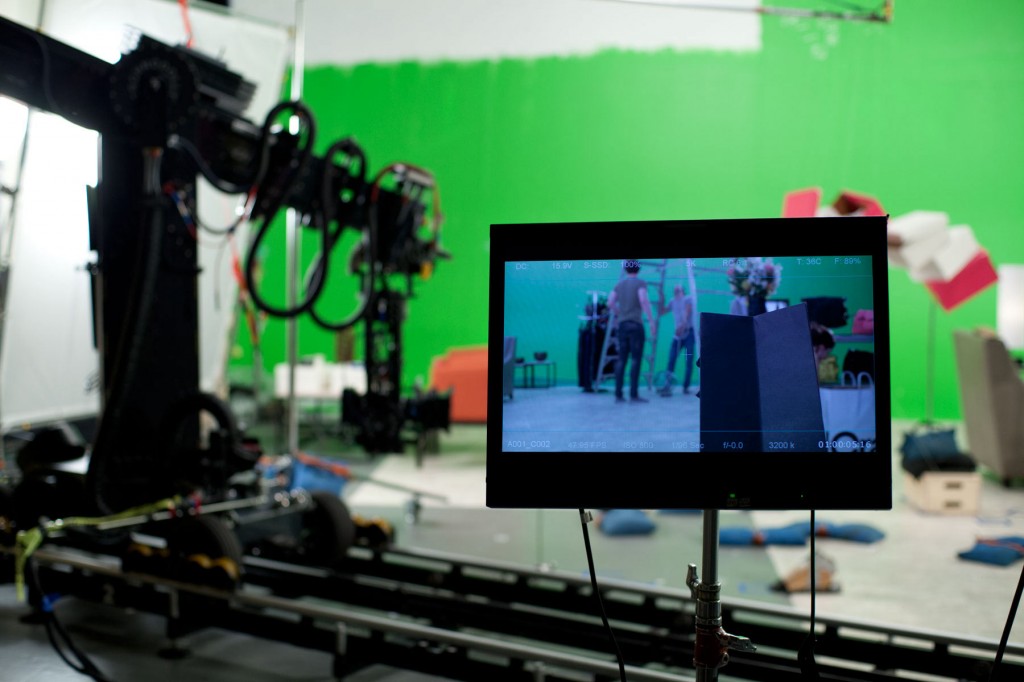an expandable, customizable framework for compositing artists and supervisors
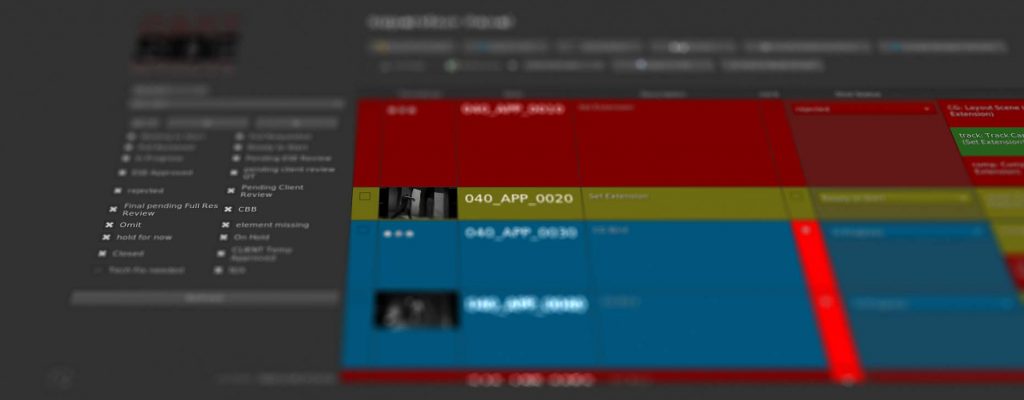
Years ago I was fortunate enough to spend nearly a year working with the wonderful guys at East Side Effects in NYC – not only did I get to work on a film for some of my favorite directors (the Coen brothers), but I was able to build the pipeline of my deepest artist dreams!
In the subsequent years, I have kept tinkering with it, until I have arrived at something I’m extremely proud of. The primary advantage (IMHO) of the tks Suite is that it was developed by someone who started as an artist, and therefore tries to provide the tools I wanted with the simple, easy-to-understand gui I always craved. What started as a purely-nuke panel for Artists has morphed into a full-featured, program-agnostic QT-based gui system for managing VFX workflow.
- pure QT-based implementation
- present Artists/Supervisors/Producers with only the information they need, with quick access to the actions they need to perform
- modular “Action” system – adjust standard actions (Submit to Render Farm, Create Version/Publish) based on per-project settings
- automated vfx pipeline from creating V0’s through review, publish and delivery creation
- artist-focused for clarity and simplicity
- tested and perfected on multiple AAA projects

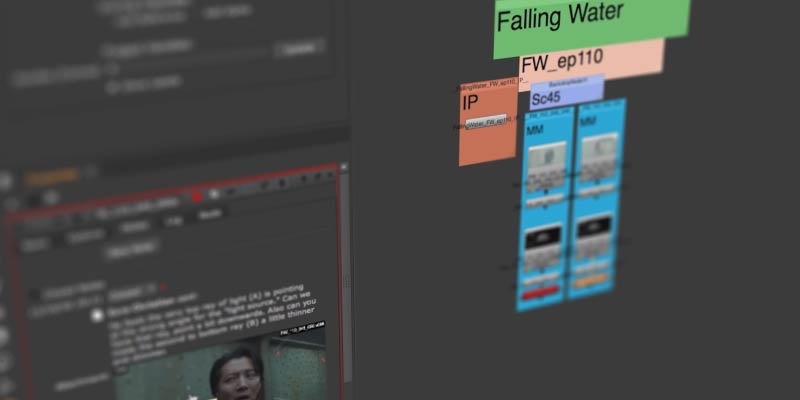 So I went to work on building a nuke-based shot tracking system, first for artists but then expanding to include supervisors as well. I called it “the dashboard”, and though it started small it quickly became essential to the Molecule’s pipeline. When the studio switched tracking packages to Shotgun, a lot more functionality was exposed and the whole thing just got 50% better. You can catch a quick glimpse of it in this promotional video from Autodesk – at around 0:55 in this video, the awesome Rick Shick talks about how he uses it instead of the web-based interface almost exclusively in his role as comp supervisor:
So I went to work on building a nuke-based shot tracking system, first for artists but then expanding to include supervisors as well. I called it “the dashboard”, and though it started small it quickly became essential to the Molecule’s pipeline. When the studio switched tracking packages to Shotgun, a lot more functionality was exposed and the whole thing just got 50% better. You can catch a quick glimpse of it in this promotional video from Autodesk – at around 0:55 in this video, the awesome Rick Shick talks about how he uses it instead of the web-based interface almost exclusively in his role as comp supervisor:
